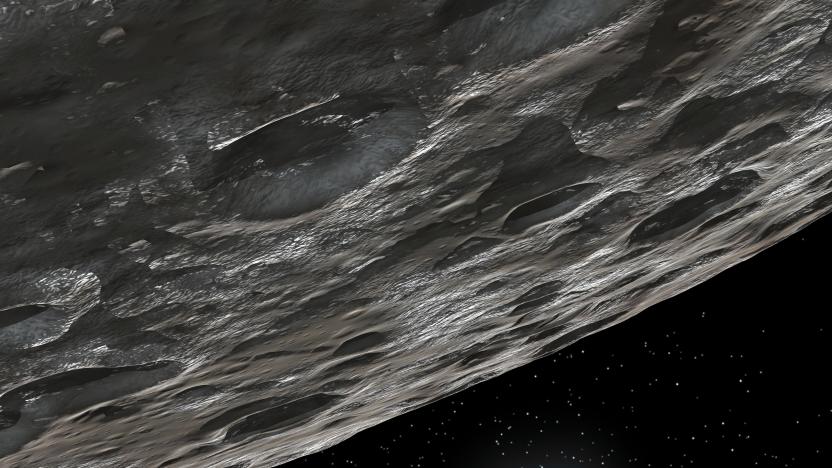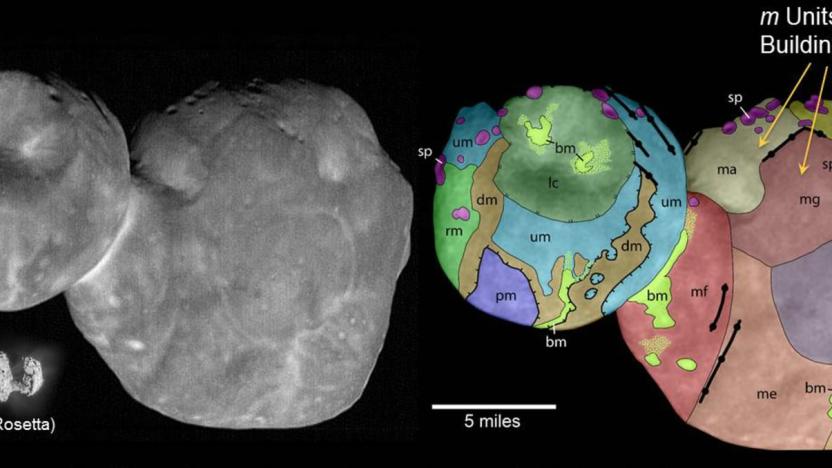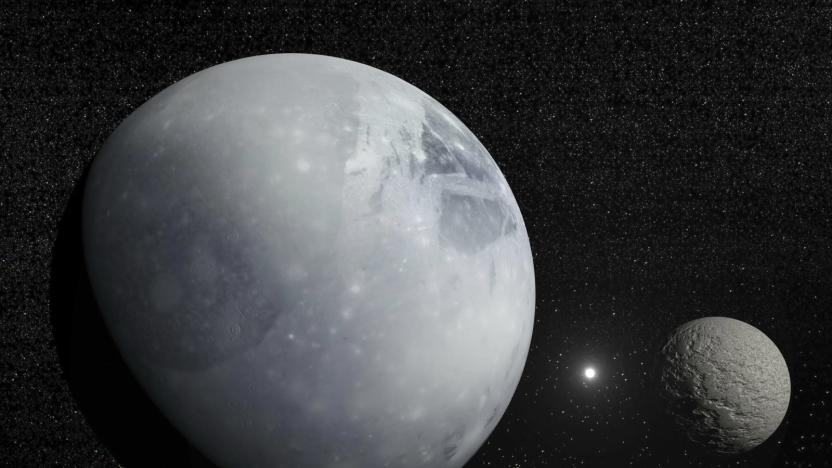Kuiper belt
Latest

Two red objects between Mars and Jupiter may explain how the solar system formed
Two unusually red objects in the asteroid belt between Jupiter and Mars may have originated from farther in the solar system.

Astronomers confirm the most distant object in the Solar System
Scientists have confirmed that Farfarout is the most distant object in the Solar System — it makes Pluto seem close.

NASA renames Kuiper Belt object following controversy
NASA's nickname for the distant Kuiper Belt object 2014 MU69, Ultima Thule, has been more than a little contentious. While it has innocuous meanings, Ultima Thule is also the term white supremacists use to refer to a mythical homeland. The agency is sidestepping that controversy, however. It just officially named the object Arrokoth, or "sky" in the Powhatan/Algonquian language. NASA received the consent of the Powhatan tribe before making the change.

Ultima Thule is unlike anything we’ve seen in the solar system
It turns out Ultima Thule is a kind of lumpy space snowman. If you've been following NASA's New Horizons spacecraft, you know Ultima Thule is an object in Kuiper Belt, the donut-shaped region of icy bodies beyond Pluto. New Horizons made the farthest flyby in human history when it passed Ultima Thule on New Year's Day. As data from New Horizons makes its way back to Earth, scientists are beginning to analyze the data it collected, and they're making surprising discoveries.

New Horizons photos shed more light on Kuiper Belt
Those of you following NASA's New Horizons know the interplanetary space probe made the farthest-ever flyby in human history on New Year's Day, when it circled Ultima Thule, an object in Kuiper Belt. Now, a discovery from New Horizons' 2015 trip around Pluto and its satellite Charon sheds even more light on Kuiper Belt, a donut-shaped region of icy bodies beyond Pluto. Analyzing photos from the probe's flyby of Pluto and Charon, scientists have discovered a surprising lack of small objects in the belt.


